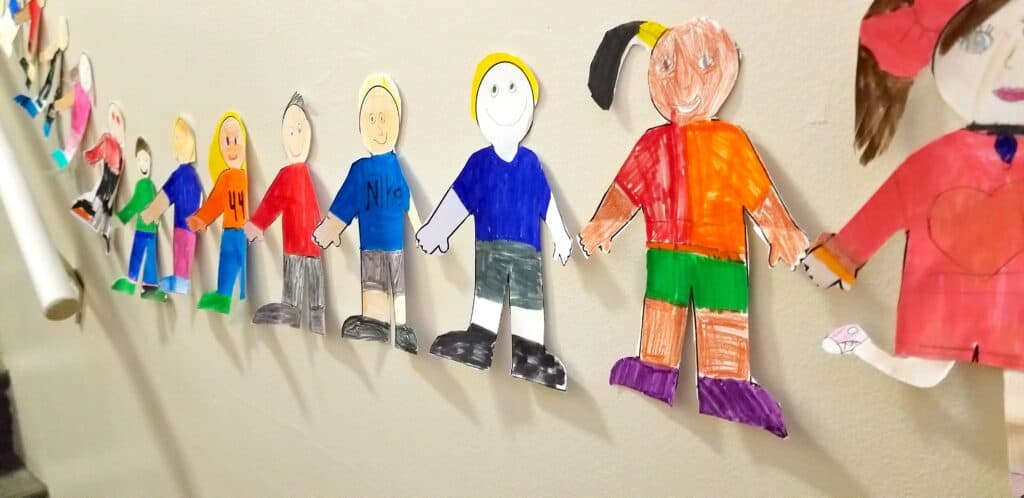What is Pervasive Developmental Disorder?
This post may contain affiliate links, view our disclosure policy for details.
What is Pervasive Developmental Disorder (PDD)?
PDD is not in and of itself an actual disorder, but rather it refers to a group of disorders characterized by delays in the social development and communication skills.
What disorders are considered PDD?
-
Autism
-
Asperger’s Syndrome (a very mild form of autism)
-
Childhood Disintegrative Disorder (similar to autism)
-
Rett’s Syndrome (severe handicaps, seizures, almost always female)
Typically, these disorders are at least noticed, if not diagnosed by the age of 3, and many times can be seen as early as infancy. Common characteristics include social interaction problems, repetitive play, unusual responses to sensory stimulation such as loud noises or bright lights, repetitive body movements, difficulty with changes in routine, etc.

Although children with full autism and Rett’s Syndrome are less likely to end up in the classroom, a child with Asperger’s syndrome may very well be in the classroom. It is highly possible that the child’s family has never even heard of Asperger’s and just figured they simply have a “different” sort of child.
After dealing with our son’s giftedness and Asperger tendencies-my husband, an elementary school teacher, was able to help a child in his class realize that he had Asperger’s. It was a wonderful revelation for his mother who finally had an explanation to his odd behaviors and she learned how to help him better.
There is not a lot of information or clear definition for children who have PDD as neurologists and doctors are just starting to classify these children. They have, in the past, gone unnoticed and undiagnosed since they did not have typical autsim characteristics.
They actually have a category PDD-NOS, which stands for Pervasive Developmental Disorder- Not Otherwise Specified. Pretty specific huh? 🙂 This is basically for those children who have strong tendencies for autism and asperger’s like syndromes, but cannot be 100% classified as such.


